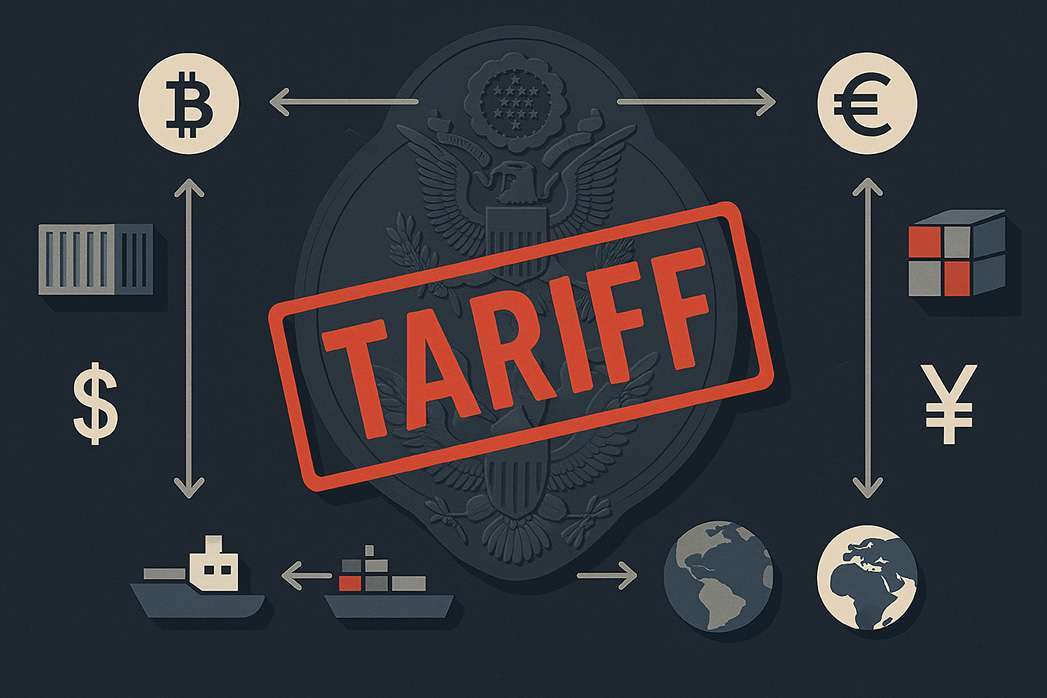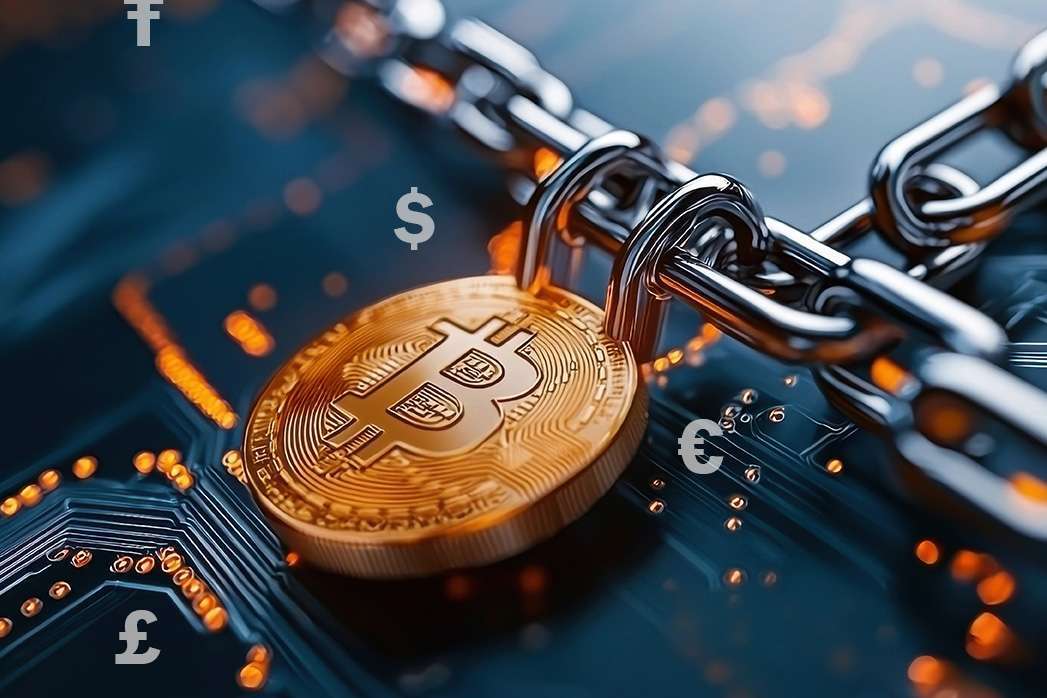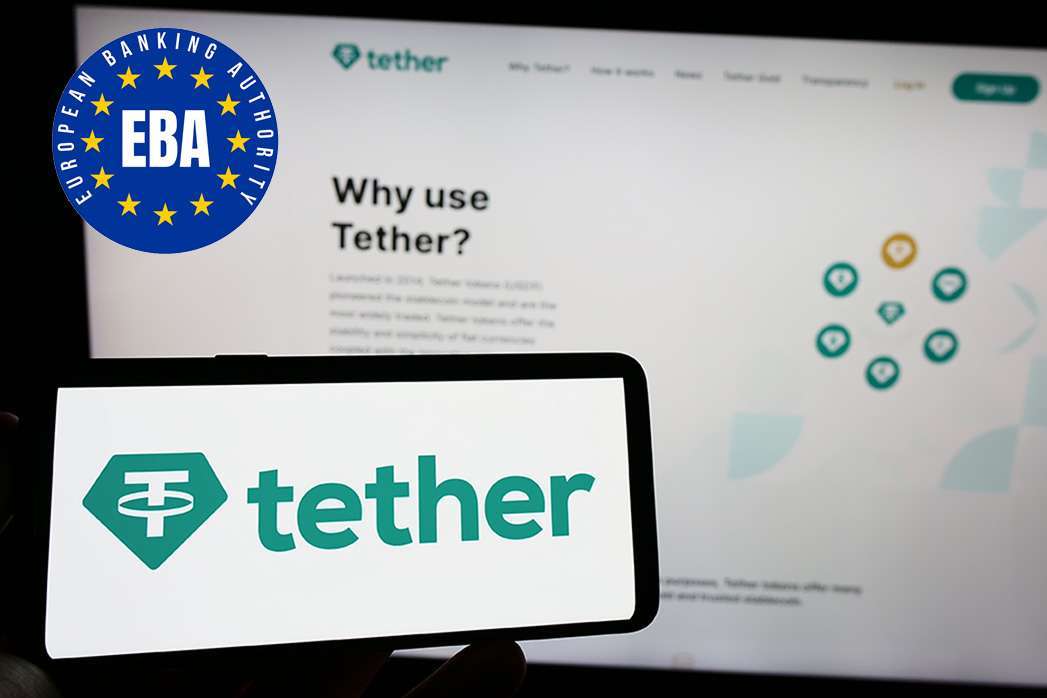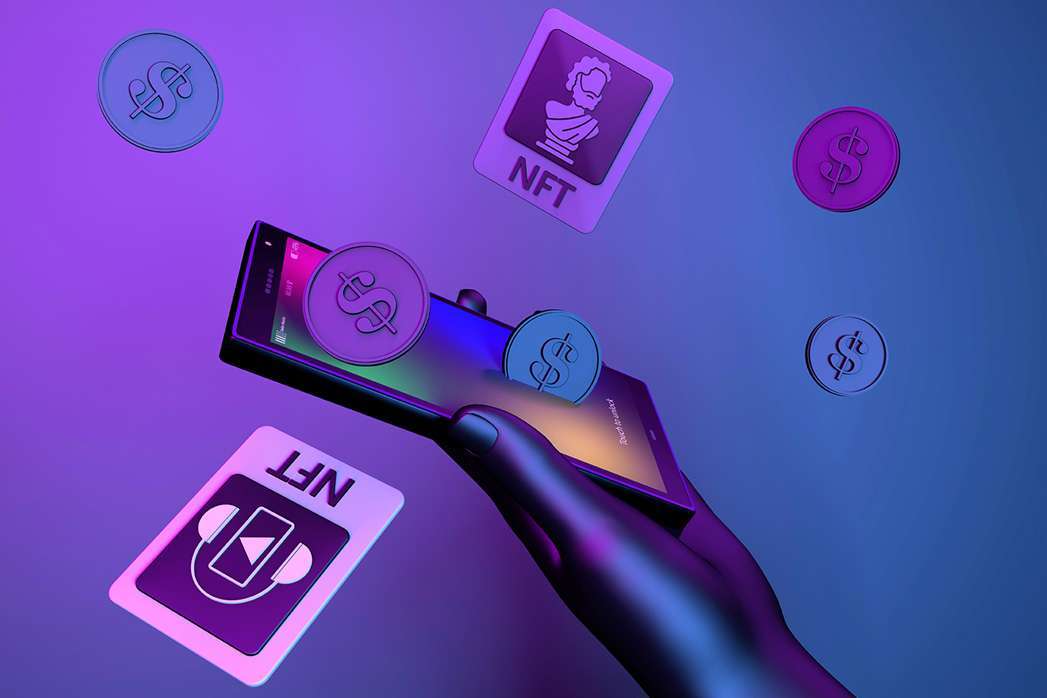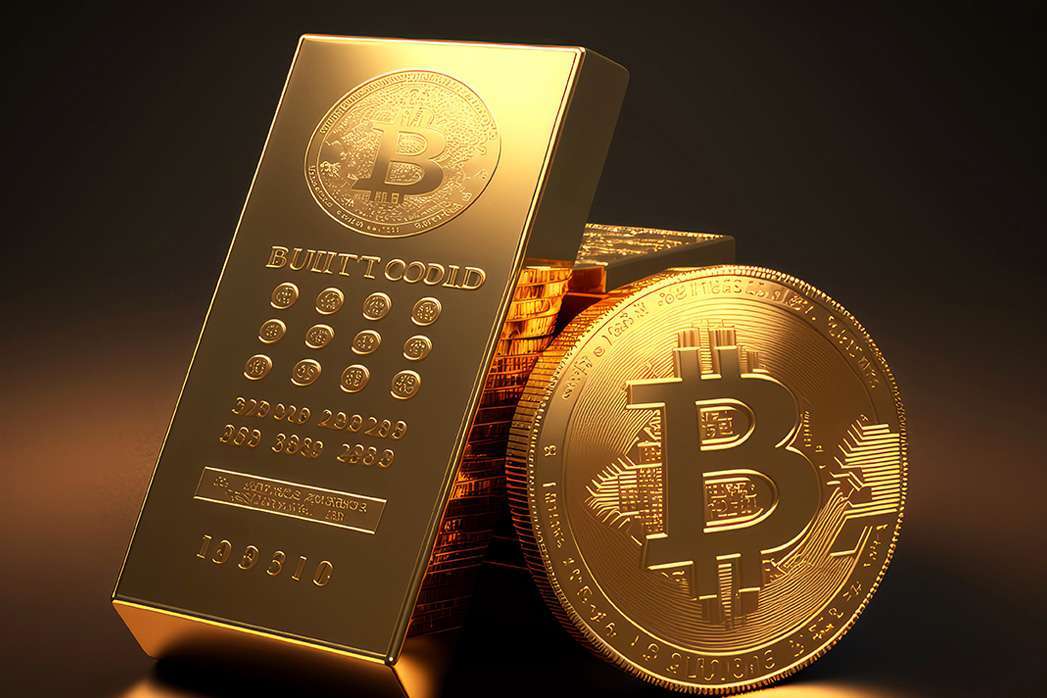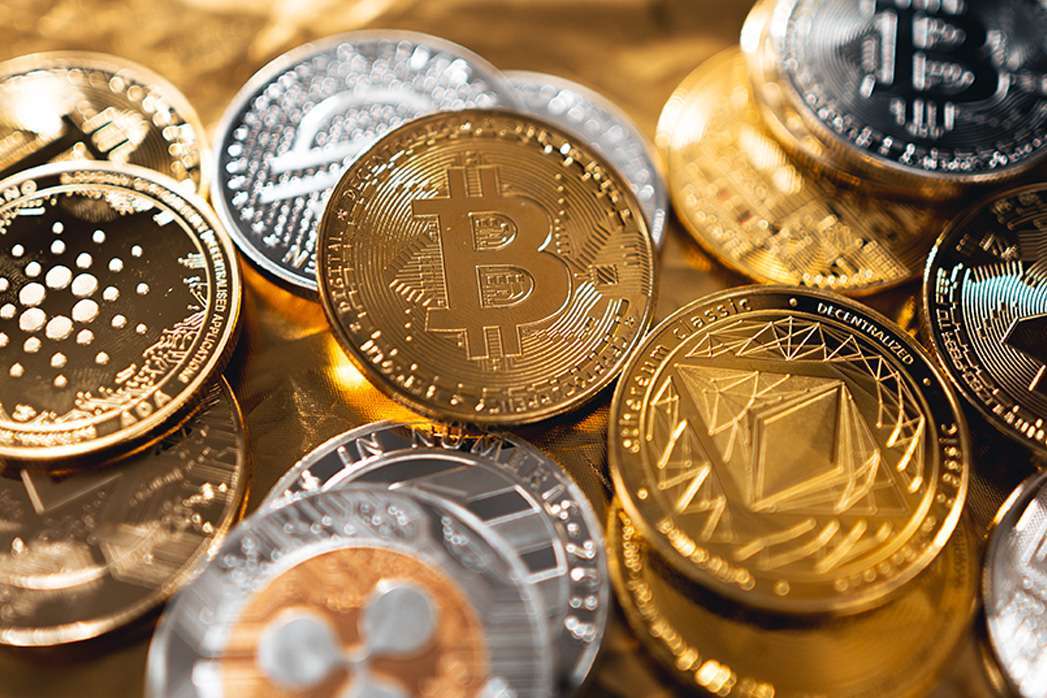The Power of Bitcoin for Personal Financial Freedom
Amidst rising inflation, unstable monetary policy, and economic uncertainty across Europe, more people are asking: Where can I store my money safely?
No, it’s not a magic solution—and yes, it has its ups and downs—but in the long run, Bitcoin offers a unique form of financial independence, as no government controls it. Also, it can’t be inflated at will, giving you more control over your money.
Why Inflation Is Everyone’s Problem
Inflation isn’t just about rising prices; it’s about your money gradually losing value.
– Savings lose value: If inflation is 5%, your bank gives you 2%, which means you’re losing 3% every year just by holding cash.
– Central banks print more money: In recent years, we’ve seen a surge in money supply in the eurozone and globally. Significantly, this can fuel inflation and reduce the value of what you already have.
– The working class are the most hit: If your income goes to rent, food, and transport, inflation catches up with you faster than someone with wealth stored in assets.
Traditionally, people turned to gold or property to preserve value; Bitcoin is changing today’s narrative.
“Despite tightening measures, inflation in the euro area remains above target at 3.4%—with core inflation still sticky due to rising service sector costs.” — Christine Lagarde, ECB President, March 2025
What Makes Bitcoin Different?
Bitcoin is a digital currency, unlike anything that came before it. There’s no central authority, and no government can “print” more of it. Again, the rules are written into the code and are known to everyone.
Key traits:
– Decentralised: No one controls Bitcoin—not a government, not a company.
– Limited supply: Only 21 million bitcoins will ever exist.
– Transparent: All transactions are public and recorded on a Blockchain. No hidden activity or backroom deals.
As a result, Bitcoin is often likened to gold, hence the phrase “digital gold.”
How Bitcoin Can Give You More Control
Here’s how Bitcoin can be valuable beyond just speculation:
1. Protection from Inflation
– Bitcoin’s capped supply makes it fundamentally deflationary.
– It’s increasingly seen as a hedge, like gold, but easier to store and send.
2. Self-Custody and Freedom
– Store it in your wallet, i.e., no banks required.
– Transfer it globally without intermediaries or high fees.
– Access your funds 24/7. No waiting for long hours for approvals.
3. Low Barrier to Entry
– You don’t need to buy a whole Bitcoin. You can even start with €5 or €10.
– No wealth declaration requirements. You are good to go as long as you have a phone and internet.
– It is ideal for underserved people or folks fed up with traditional banking systems.
What About the Risk?
Bitcoin isn’t perfect. It’s volatile, but here’s how to approach it like a pro:
– Diversify: Don’t go all-in; Bitcoin can be part of a broader financial plan.
– Think long-term: Day-to-day swings matter less if your horizon is years.
– Use ECA, which stands for ‘euro-cost averaging.’ Invest small, regular amounts. This method smooths out the ups and downs.
- Stay informed: Know what you’re buying, understand how it works and indulge with knowledge and confidence.
Real-World Examples
In Argentina and Venezuela, Bitcoin is their lifeline. Local currency collapses drive people to use Bitcoin, which enables them to protect their savings and seamlessly execute cross-border money transfers.
“Crypto usage in high-inflation economies like Turkey, Nigeria, and Argentina continues to rise, with Bitcoin often functioning as a daily store of value.” — Chainalysis, 2025 Global Adoption Index.
“Over the past five years, 17 currencies have lost more than 50% of their value against the US dollar.” — IMF Financial Stability Report, Q4 2024
Traditional banking systems in Europe are becoming more restrictive and costly, which makes Bitcoin an appealing, global, open alternative for users.
“Retail banking fees in the eurozone have increased 18% year-over-year, driven by higher regulatory compliance costs and interest rate volatility.” — Bank for International Settlements, EU Banking Report 2024
Getting Started with Bitcoin
Interested but not sure where to begin?
- Learn first – Don’t just follow influencers.
- Pick a reputable exchange – Stick to regulated platforms in the EU.
- Start small – Buy a little to get a feel for it.
- Move it to your wallet – Store it outside the exchange if you want complete control.
- Secure it – Use 2fa hardware wallets, and never share your private keys.
If that is not enough or you have questions, please get in touch with us and speak to an expert.
Final Thought
Bitcoin empowers users by restoring their financial independence. It provides a financial option in a world dominated by central banks and political and economic decisions that often do not benefit the masses.
Now get this: it won’t solve everything, but anyone in Europe who desires long-term financial security, a hedge against uncertainty, and enhanced control over their money should consider Bitcoin.
Bitcoin operates continuously without scheduled closures and differs from traditional bank institutions.
And unlike banks, Bitcoin doesn’t close on Fridays.
Image Source: Adobe Stock
Disclaimer: This article is purely for informational purposes. It is not offered or intended to be used for legal, tax, investment or financial advice.


